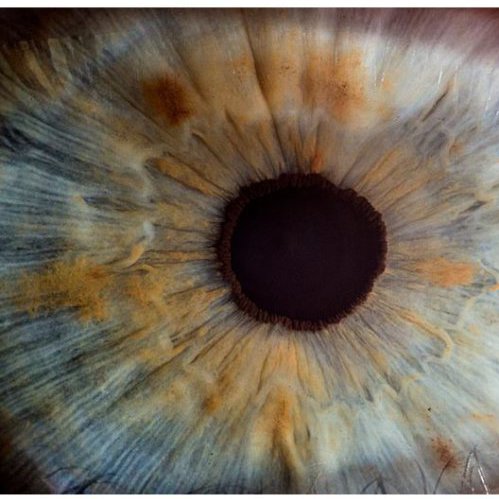Brussels, 14 November 2019 – more than 800,000 Belgians suffer from diabetes and about one in three diabetic patients suffers from diabetic retinopathy, affecting the small blood vessels in the eye. The patients does not notice this in the beginning. If he becomes aware of the fact that he sees less, it is actually too late. Early detection of changes in the retina makes it possible to preventively limit the damage.
The retina can be captured with a simple digital image. A computer programme that can quickly and easily analyse images of the retina is very useful for detecting diabetic retinopathy. A computer programme cannot do this on its own. It has to learn what is right and what is wrong. That is why VITO, Diabetes League and VUB launched the online citizen science project ‘Eye for Diabetes’ in early 2019. Citizens are encouraged to ‘annotate’ images of the retina on an online platform, identifying problem areas in those images. In this way it is possible to further develop a computer programme to learn to recognise the symptoms of diabetic retinopathy.
On consultation with MONA
VITO, one of the partners in the Eye for Diabetes project, is working hard on the development of software that is able to analyse images of the retina in order to recognise symptoms of diabetic retinopathy, among other things. When MONA, as the software is called, is ready for medical use, it can be used by ophthalmologists to more efficiently follow up people with diabetes. In cooperation with opticians, general practitioners or pharmacists, a first-line screening could also be carried out, for example that will refer the patient to an ophthalmologist, if necessary. In order to further develop the artificial intelligence behind MONA, thousands of retinal images are needed in which the characteristics of diabetic retinopathy were indicated by a human being. The annotated images serve as teaching material for the computer programme. “Each annotated image teaches MONA to work more precisely and efficiently”, explains Eye for Diabetes project coordinator Patrick De Boever (VITO).









 Follow us on Linkedin!
Follow us on Linkedin!